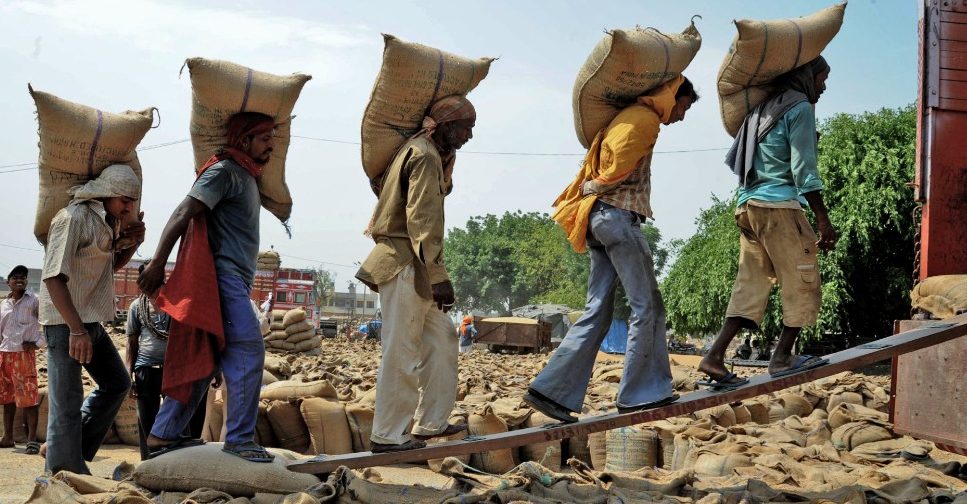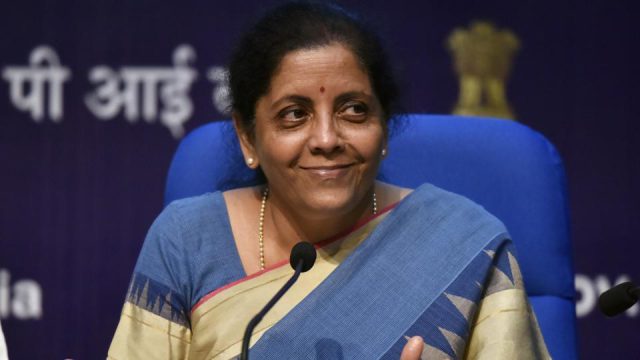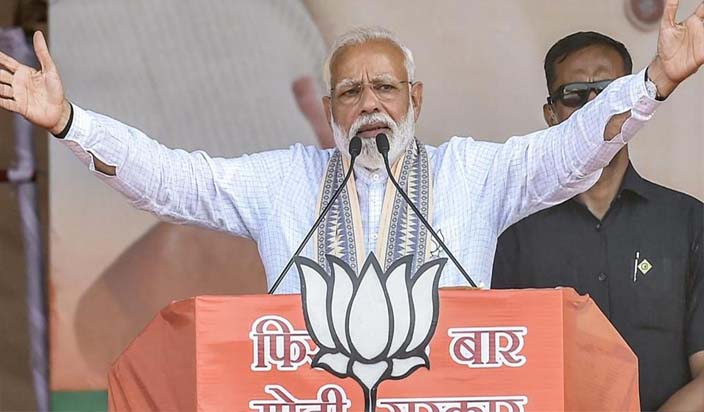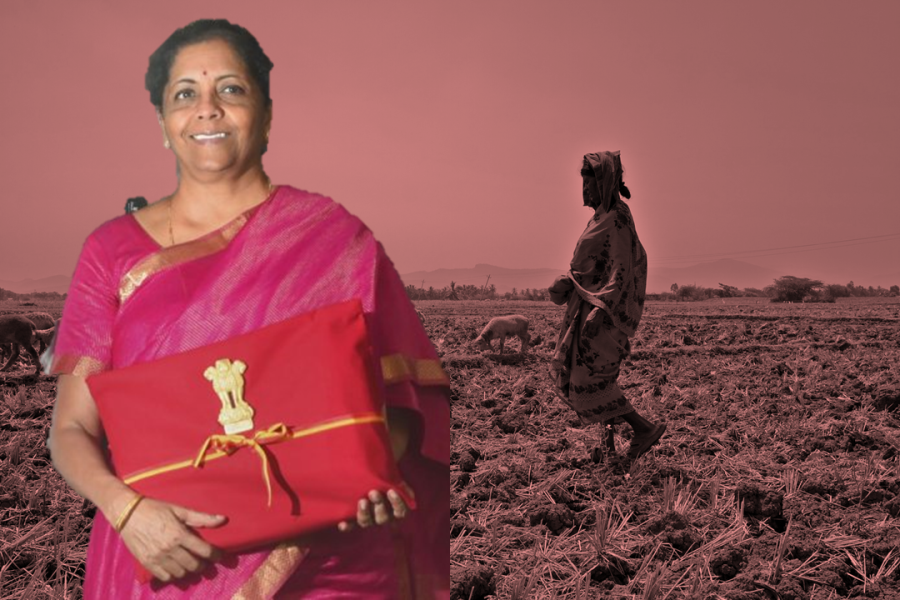
This year the Economic Survey has an interesting addition to its list of offerings and it is nothing else but a detailed approach to the quintessential Indian thali(a square meal) and its affordability in 2019-20.
The Economic Survey 2019-2020 has included a chapter called “Thalinomics”. Which when explained in simple terms would mean the economics of a plate of food in India, which is an attempt to quantify what an average person pays for a plate of food in the country.
The Thalinomics of the Economic Survey is an attempt to assess whether the thali has become more and more affordable over the last few years or whether it has become more expensive.
The survey noted that while economics effected each and every individual it often escaped the attention of the average man or woman in the country.
The survey had been tabled in the Parliament by Finance Minister Nirmala Sitharaman and analysed data from the Consumer Price Index for industrial workers from around 80 centres across 25 states and union territories between April 2006 and October 2019 to understand and estimate the cost of a thali consumed by a regular citizen of India.
According to this survey, a vegetarian Indian thali would constitute basics such as a serving of cereals, ‘sabzi and dal’ and the non-vegetarian would comprise cereals, sabzi and a non-vegetarian component.
The survey said, “Both across India and the four regions – north, south, east and West-it is found that the absolute prices of vegetarian thali have decreased significantly since 2015-16 though the price increased visibly in 2019.
Based on the data collected during this exercise, the survey concluded that an average household of five people that ate two vegetarian thalis a day gained around Rs 10,887 per year while a non-vegetarian household gained an average pf Rs 11,787 per year.
It found that affordability of a vegetarian thali had grown by 29% and that of a non-vegetarian thali had improved by 18%.
The survey indicated, “ Many measures were introduced since 2014-15 to enhance the productivity of the agriculture sector as well as efficiency and effectiveness of agricultural markets for better and more transparent price discovery.”













